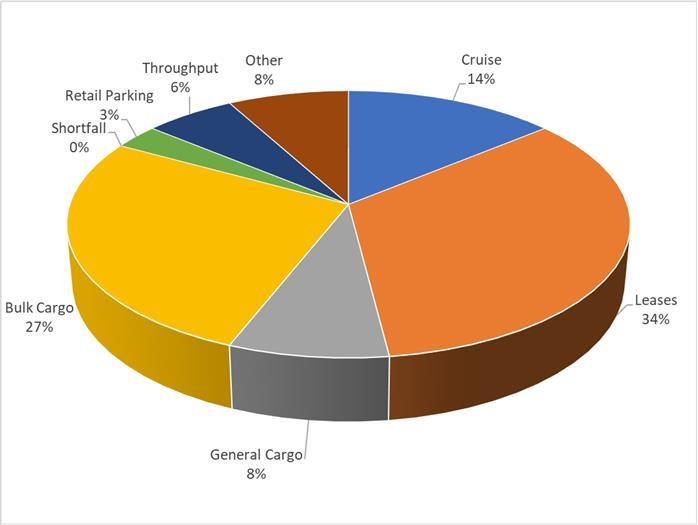As you may be aware, in recent months, Port Tampa Bay was pressured and attacked by special interests and liberal media about extending the City of Tampa Riverwalk through the cruise ship wharf zone which will jeopardize the Port cruise operations.
These articles have no factual information as usual.
As a member of the Port Tampa Bay Board of Commissioners, I would like to provide you with some facts and perspectives concerning recent discussions about extending the Riverwalk through the cruise ship wharf zone.
The public didn't realize the existing Riverwalk stops at Tampa Bay Historic Museum at the Beneficial Bridge. The bridge clearance is way too low, and it is impossible to have the Riverwalk go underneath the bridge unless a tunnel some short be built which is very costly.
Then the Riverwalk will greatly interfere with the current Star Ship Dinner Cruise operation and its parking lot west of the bridge.
Port Tampa Bay recently began a potentially record-breaking cruise season, during which we expect to welcome more than 1.2 million guests on 260 sailings. In addition, Port Tampa Bay will have 11 days with three cruise ships at its berths, including five days from May to September. We have truly become a year-round cruise port, with expectations for continued growth in this important line of business.
The port's cruise business brings valuable tourism dollars and a massive economic impact to the region. This year, we project that Port Tampa Bay will have a nearly $628 million-dollar economic impact on Tampa Bay. Cruise Terminal 2 alone will host seventy-eight cruise ships this year and be active throughout the summer months. A full-scale security and operations walk-through is required a day before each sailing, meaning cruise terminal 2 would be in use 156 days each year.
Congress passed the Maritime Transportation Security Act (MTSA) of 2002 as the tool to implement the International Ship and Port Facility Security (ISPS) Code in the United States and identified the United States Coast Guard as the "Designated Authority". As such the USCG sets Maritime Security (MARSEC) Levels, approves Facility Security Plans (FSPs) and assessments, and tests the effectiveness of the FSPs.
Port Tampa Bay must file and maintain an FSP with the Department of Homeland Security through the United States Coast Guard. In addition, each cruise line operating from Terminal 2 must file and keep separate FSPs for the use and operations of the cruise ship wharf zone. Consequently, the Department of Homeland Security must provide clearance to open the cruise ship wharf zone to the public due to stringent safety and security concerns. These requirements are outlined in the MTSA. Public access to cruise terminals is a request, which must be made by the U.S. Coast Guard and is not a matter Port Tampa Bay has complete authority over.
Port Tampa Bay staff live, work, and play in Tampa Bay. We take pride in our role as an economic driver and strive to be a good neighbor. Port Tampa Bay has worked with the USCG, from time to time, to allow access to portions of the cruise ships wharf zone that are not directly in front of Terminal 2 such as the area next to Sparkman Wharf and the area immediately to the east of Terminal 2 with appropriate security and safeguards and limited duration. While we are willing to work with the city and our neighbors to make Tampa a walkable and livable city, we must stress the importance of our cruise ship operations and the importance of maintaining proper security and safety as well as the contribution that the cruise ships business has on our local economy. Our cruise ship operation revenue contributes 20% of our total annual revenue.
Port Tampa Bay opened the Sparkman Wharf a few years ago for the Channelside neighborhood to enjoy the waterfront because it did not interfere with FSP. In addition, we waived a million-dollar fee for the WW II Victory Ship docking that allows the public to enjoy/visit the Victory Ship.
___
Hung Mai is a Port Tampa Bay Commissioner.




No comments:
Post a Comment